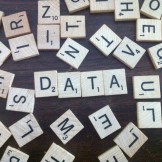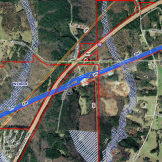Harness the Power of Unstructured HR Data with Text Analytics
Federal HR professionals with access to electronic employee databases typically have access to a wealth of so-called “structured” employee data, or information that can be quickly counted and analyzed in spreadsheet programs to create pivot tables and reports. Examples of structured HR data include employee salary and demographic information and employee survey responses, all ofRead… Read more »









